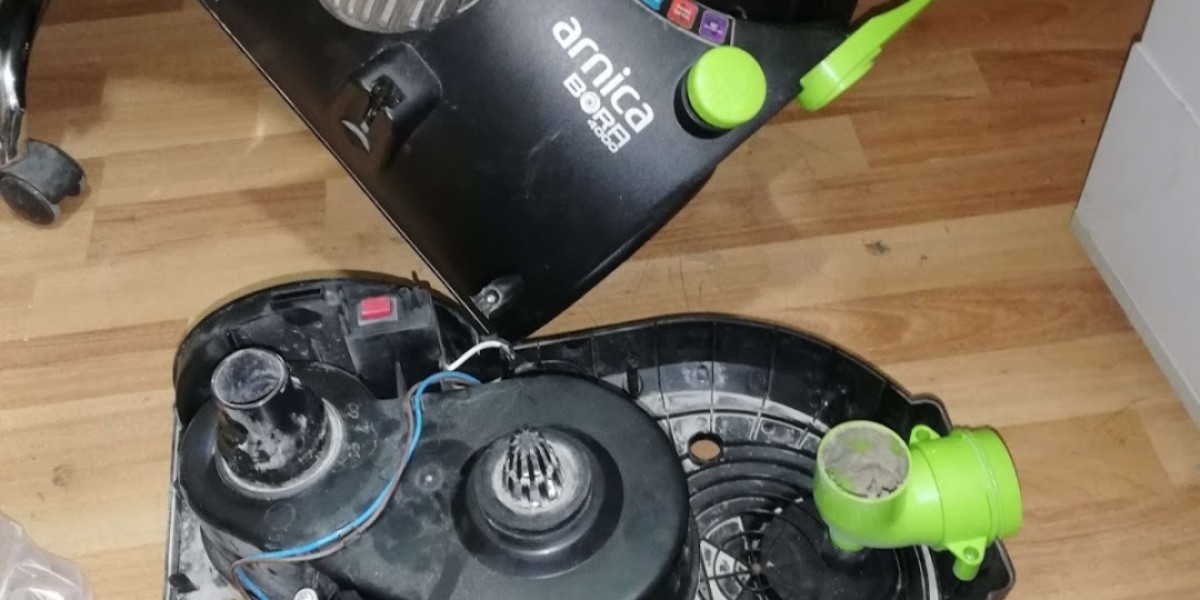Sometimes, it’s hard to know when you need actual dental treatment and when a regular checkup is enough. You might notice your teeth aren’t as straight as they used to be, or maybe your bite feels off. But is that reason enough to get braces? Or is it something your dentist can monitor during your next appointment?
This is a common question people ask when they feel unsure about their smile or bite: Do I Really Need Braces? The answer depends on your specific symptoms, how they affect your daily life, and what your dentist finds during an exam. Let’s break it down so you can better understand what to look for and what to do next.
When a Checkup Is All You Need
Not every small dental concern calls for braces. In fact, many people experience mild issues that don’t require immediate treatment. Here are some cases where a simple dental checkup may be all you need:
1. No Pain or Discomfort
If your bite feels normal and you can chew, speak, and brush comfortably, a checkup is often enough to confirm that no action is required.
2. Minor Crowding or Spacing
A little crowding or a slight gap between teeth doesn’t always need braces. Dentists often monitor these situations during routine visits to see if anything changes over time.
3. Baby Teeth Still Present
Children with minor alignment issues may not need braces right away if they haven’t lost all their baby teeth. In these cases, regular checkups are important to track development.
4. No Bite Issues
If your teeth align well when you close your mouth and your jaw feels comfortable, you likely don’t have a bite problem that needs correction.
In these situations, your dentist may recommend waiting and watching before moving forward with braces or orthodontic treatment.
Signs That Braces Might Be Necessary
Some signs suggest that it’s more than just a cosmetic concern and that braces could actually improve your oral health and function. Watch for these common indicators:
1. Crowded or Crooked Teeth
Teeth that overlap, twist, or press tightly together can be difficult to clean. This increases your risk of tooth decay, bad breath, and gum problems.
2. Gaps Between Teeth
Excess spacing can cause your teeth to shift or become unstable over time. Gaps can also impact your bite and cause speech issues.
3. Bite Problems
When your teeth don’t fit together properly, it can strain your jaw or wear your teeth down unevenly. Common bite problems include:
Overbite (top front teeth extend too far)
Underbite (bottom teeth stick out in front)
Crossbite (top and bottom teeth don’t align side to side)
Open bite (front teeth don’t touch when the mouth is closed)
These bite issues are often treated successfully with braces or aligners.
4. Jaw Pain or Clicking
If your jaw pops, clicks, or feels sore when you open your mouth, you could have an alignment issue that’s affecting your jaw joints. Braces can help correct that by improving how your teeth and jaw work together.
5. Chewing or Speech Difficulties
Having trouble biting into food or pronouncing words clearly may be linked to how your teeth are positioned. Braces can realign your teeth and improve both function and clarity.
Why Alignment Matters for Health
Braces aren’t only about having a better-looking smile. When teeth and jaws are aligned correctly, you’ll enjoy benefits like:
Better oral hygiene: It’s easier to brush and floss
Lower cavity risk: Less chance for plaque buildup
Improved chewing: Reduces strain on your jaw and stomach
Even wear: Protects your teeth from chipping and uneven grinding
Fewer headaches and jaw problems: Proper alignment reduces muscle tension
Straight teeth help your mouth stay cleaner and your body feel better.
Braces Aren’t Just for Teens
Think you’re too old for braces? Not true. Many adults choose orthodontic treatment to fix problems they didn’t address earlier or that developed later in life. As long as your teeth and gums are healthy, you’re likely a candidate for braces or aligners.
And thanks to newer options like clear aligners, ceramic braces, or behind-the-teeth (lingual) braces, adult treatment is more discreet than ever before.
What Happens at an Orthodontic Evaluation?
If you’re unsure whether braces are necessary, schedule a consultation with your dentist or orthodontist. Here’s what you can expect:
Visual exam of your teeth and bite
X-rays or 3D scans to look below the surface
Discussion of your concerns, habits, and any symptoms you’ve noticed
Recommendation for treatment (or reassurance that no treatment is needed yet)
The consultation is simple, comfortable, and informative. If treatment is recommended, your provider will explain your options and give you a personalized plan.
Types of Orthodontic Treatment
If you do need braces, don’t worry there are more options than ever:
Traditional metal braces: The most common and effective for all alignment types
Ceramic braces: Tooth-colored and less noticeable
Clear aligners: Removable and nearly invisible trays
Lingual braces: Placed behind the teeth so no one sees them
Each option has pros and cons, and your dental provider will help you choose what works best for your goals and lifestyle.
Final Thoughts
Not every dental concern means you need braces, but if your teeth are causing pain, discomfort, or confidence issues, it’s worth taking a closer look. Regular dental checkups help you stay ahead of problems, while a one-time orthodontic consultation can give you clear answers.
So, if you’re wondering whether you need braces or just a checkup, pay attention to the signs and don’t hesitate to ask for help. The right evaluation can give you peace of mind and possibly the healthy, confident smile you’ve been waiting for.







